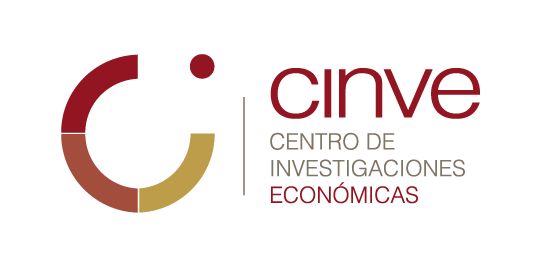This paper studies the evolution of product volatility and inflation in Uruguay between 1985 and 2009, with the aim of analyzing whether Uruguay is part of the international macroeconomic stabilization process observed in recent decades, known as “the Great Moderation”. The analysis carried out first includes the construction of volatility indicators from univariate models to subsequently apply the methodology of endogenous structural change proposed in Bai and Perron (1998). Following this methodology, the existence of structural changes in the behavior of product volatility and inflation in Uruguay is analyzed.
The results found suggest that the country would have presented in recent years a process of stabilization of its macroeconomic results. This process would have started from a strong moderation of inflation fluctuations between the end of 1993 and the beginning of 1994. This fall in volatility is parallel to the drop in inflation levels after the stabilization plan was established. of 1990. The process of moderating fluctuations in the level of activity (represented by the cyclical component of GDP) is, according to estimates, a more recent fact, dating from the end of 2003.
KEYWORDS: MACROECONOMIC VOLATILITY, GREAT MODERATION, STRUCTURAL CHANGE MODELS
